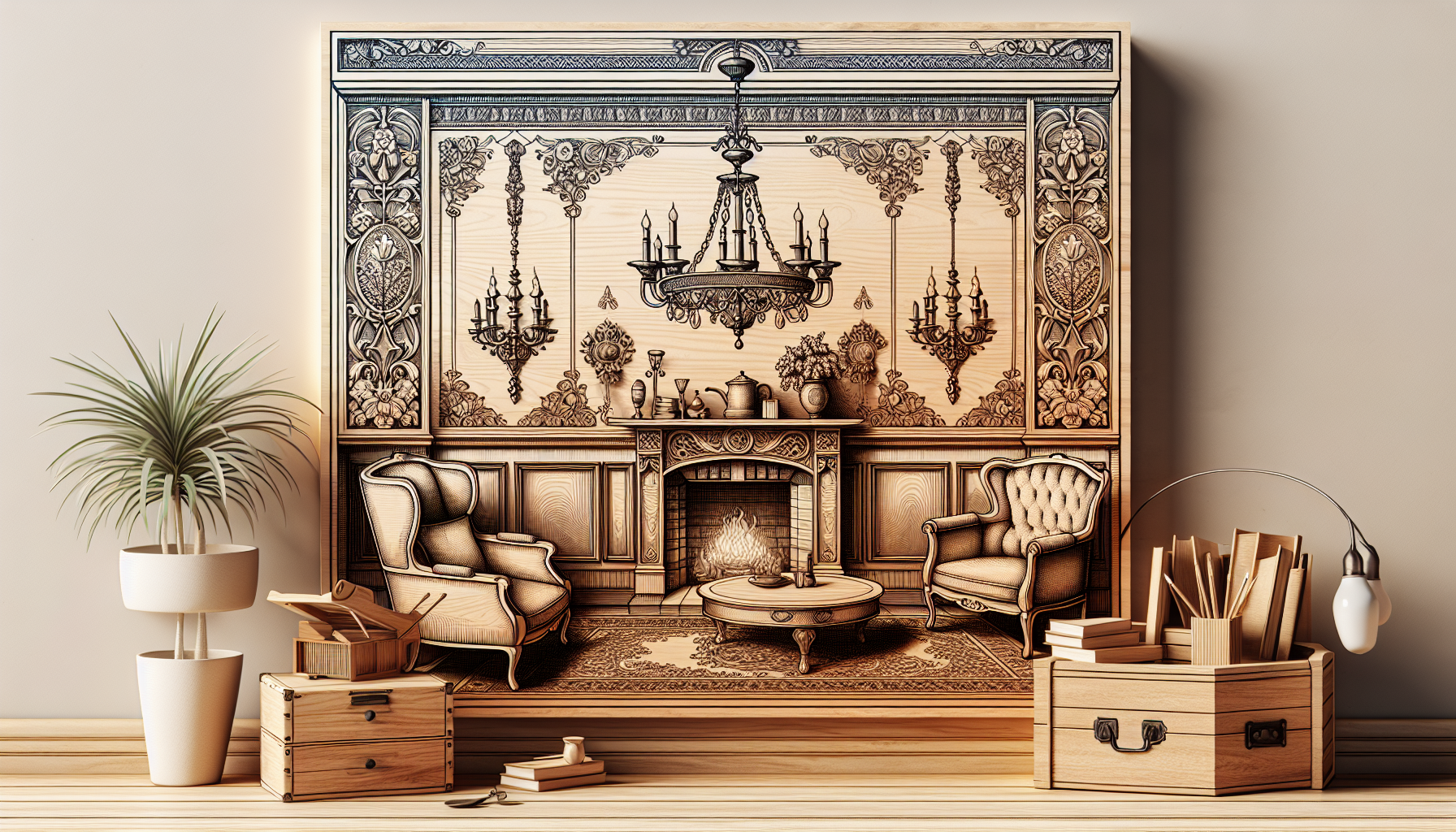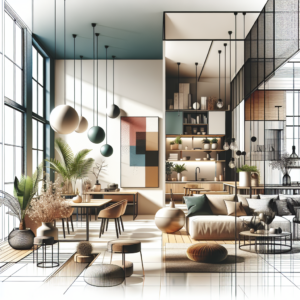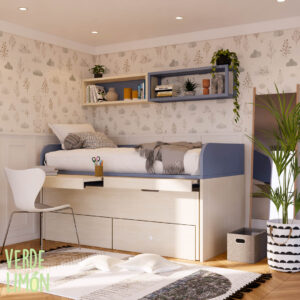When we talk about classic furniture, few styles have the power to convey elegance and character like the Victorian chair. Originating in the 19th century during Queen Victoria’s reign in the United Kingdom, this piece of furniture is known for its splendid design and the quality of its materials. Over the years, the Victorian chair has remained a symbol of sophistication, adapting to the tastes of each era without losing its essence. This article explores the key elements of the Victorian chair, its history, materials, and how it can be successfully integrated into your home decor.
The Origin and Characteristics of Victorian Style
The Victorian style is not just a design trend but a reflection of the ideals of the time in which it flourished. During the reign of Queen Victoria (1837-1901), the United Kingdom saw an industrial revolution that brought technological advances and a boom in the manufacturing of luxury items. Victorian-style furniture is characterized by its opulence, detailed ornamentation, and a clear preference for noble woods and meticulously worked finishes.
The Victorian chair, in particular, reflects this combination of luxury and functionality. These chairs were not only functional but also represented a status symbol and refinement. Often, they were displayed in the homes of the upper and middle classes, and their design was a reflection of their owners’ wealth and good taste.
Materials and Finishes of the Victorian Chair
One of the most outstanding characteristics of Victorian chairs is the use of high-quality materials, which grants them not only beauty but also durability. The most common materials used in their manufacture include:
- Mahogany Wood: Mahogany is one of the most emblematic materials of Victorian furniture. Its dark reddish color and resistance make it an ideal choice for valuable pieces. The typical Victorian chair, made of solid mahogany wood, features a robust structure and timeless beauty. The walnut or mahogany finish is highly appreciated for its ability to highlight the natural grain of the wood, adding a touch of warmth and depth to the piece.
- High-Quality Upholstery: The upholstery of Victorian chairs is not only aesthetic but also functional. The fabrics used are usually of high quality, such as velvet, damask, or brocade, which provide a soft texture and a subtle shine. These materials are available in a wide range of colors, but deep and rich tones like burgundy, emerald green, and royal blue are especially representative of the era.
- Ornamental Details: Victorian chairs are adorned with meticulously worked details, such as floral carvings on the backrest or legs, as well as intricate geometric motifs. These details not only enhance the aesthetic of the chair but also reflect the craftsmanship of the cabinetmakers who created them.
Design and Style
The design of the Victorian chair is synonymous with luxury and complexity. Unlike more modern and minimalist furniture, Victorian chairs tend to have an elaborate design, with curved lines and decorative details that make them stand out in any room. Some key elements that characterize the design of Victorian chairs include:
- High and Curved Backrest: The backrest of a Victorian chair is usually high and curved, providing comfortable support while enjoying its aesthetics. The backrest can be adorned with intricate carved details or even with embroidered upholstery.
- Turned Legs: The legs of Victorian chairs are often turned, giving them an elegant and refined look. These legs can be shaped like a baluster or claw, depending on the specific style of the chair.
- Deep and Cozy Seat: Victorian chairs are not only visually appealing but also comfortable. The seats are usually deep and soft, offering a unique resting experience. This makes them functional pieces that not only beautify the space but also invite enjoyment.
- Decorative Armrests: The armrests of Victorian chairs are often elaborately detailed. They can be curved or straight and are decorated with ornamental carvings, which may include flowers, leaves, or mythological figures.
Integrating the Victorian Chair into Modern Decor
Although Victorian chairs have a historical design and a defined style, this does not mean they cannot fit perfectly into modern homes. In fact, mixing classic with contemporary is a very popular trend in interior decoration. Here are some ideas on how to integrate a Victorian chair into your space:
- Focal Point in the Living Room: If you have a traditional or eclectic living room, a Victorian chair can become the focal point of the room. Place it next to a dark wood coffee table or in a corner to create an elegant and cozy space. Adding modern pillows in neutral colors can help balance its classic style.
- Combination with Modern Styles: If your home has a more contemporary or minimalist style, a Victorian chair can provide the perfect contrast. Combined with simpler furniture, the chair can stand out on its own and add a sense of sophistication and luxury.
- Use in Classic or Vintage Style Rooms: Victorian chairs are also ideal for rooms with a classic or vintage style. They can complement a canopy bed or an antique wood dresser well. In these spaces, Victorian chairs help reinforce the romantic and elegant atmosphere.
- Complements and Accessories: To further highlight the beauty of a Victorian chair, you can complement its decor with suitable accessories, such as floor lamps with fabric shades or velvet curtains in rich tones. Mirrors with gold or silver frames can also add a touch of luxury and make the chair look even more impressive.
Conclusion
The Victorian chair is a piece that has not only stood the test of time but continues to be relevant in contemporary decor due to its beauty, comfort, and symbolism. Whether in an elegant living room or in a cozy corner of your home, this chair adds a unique distinction and character to any space. If you’re looking for a piece that combines history, luxury, and style, there’s no doubt that the Victorian chair is the perfect choice.











